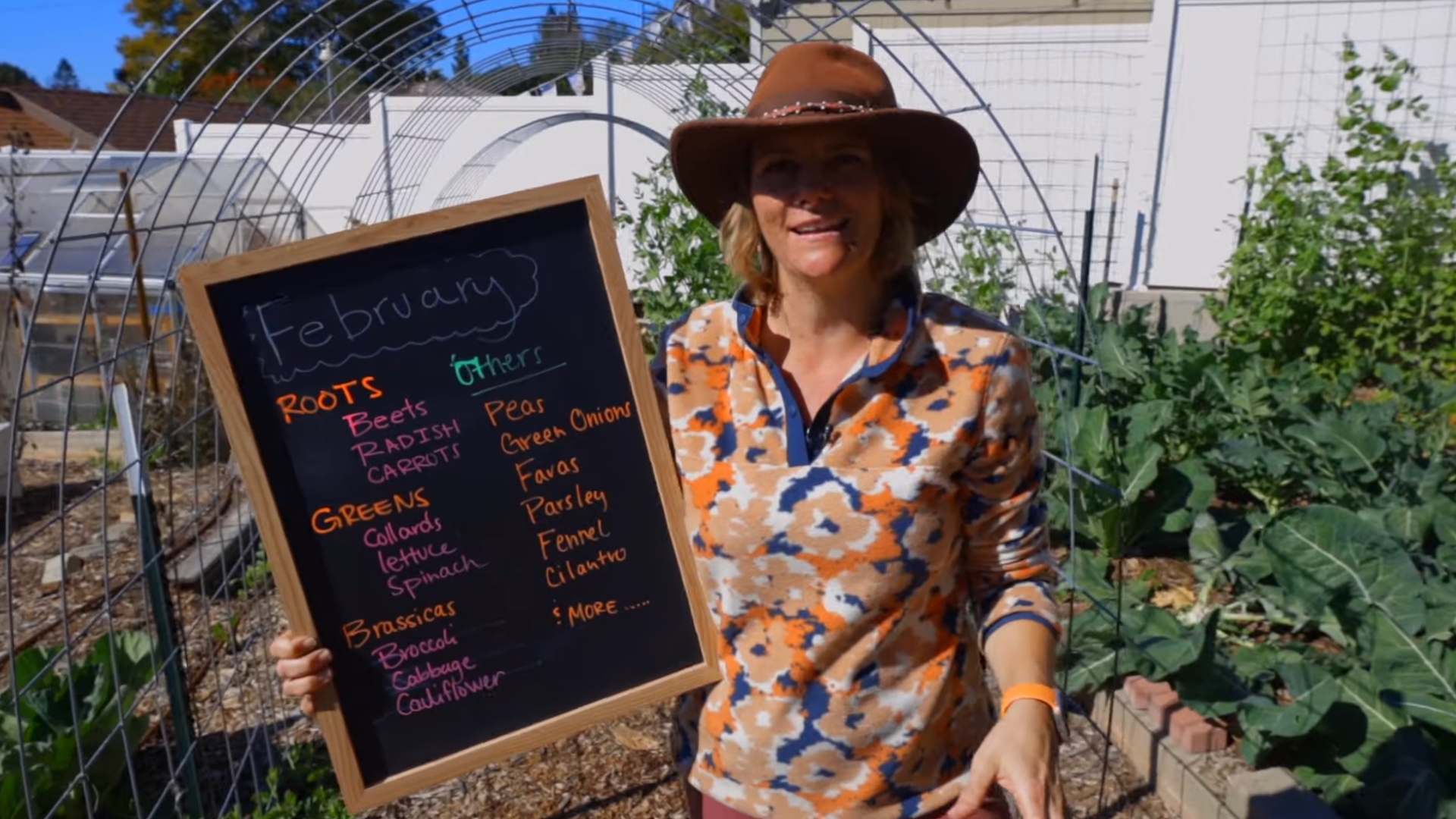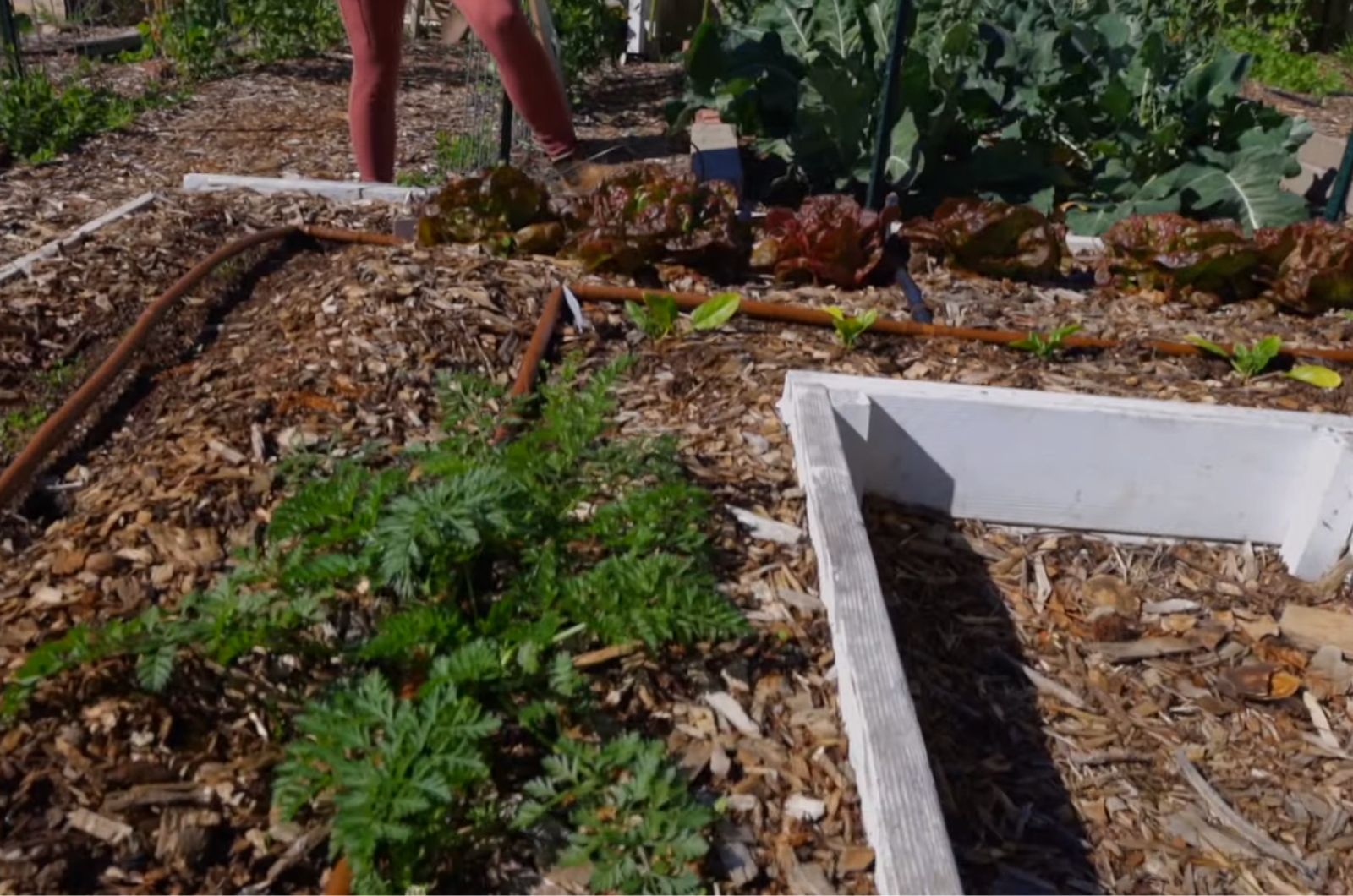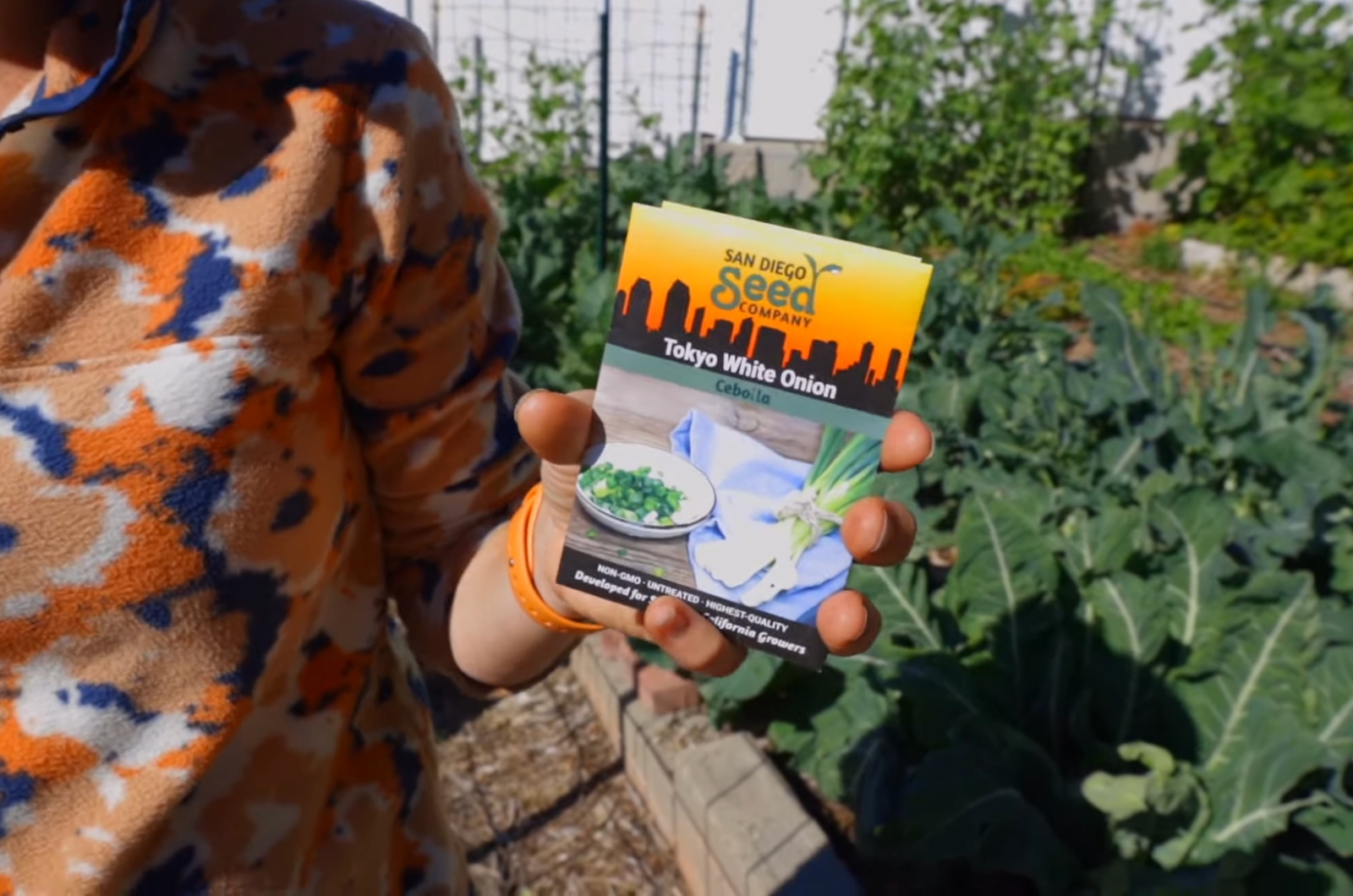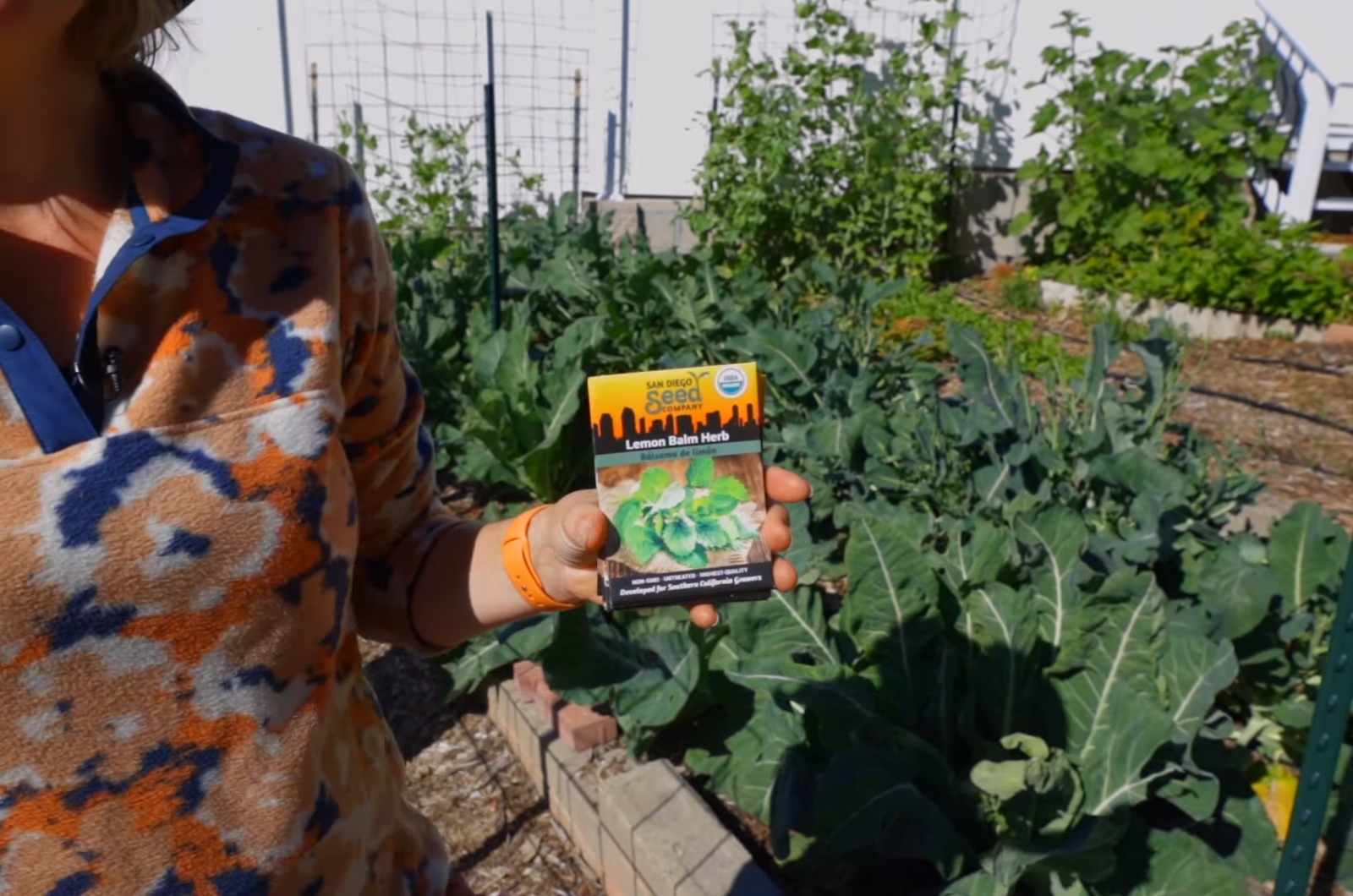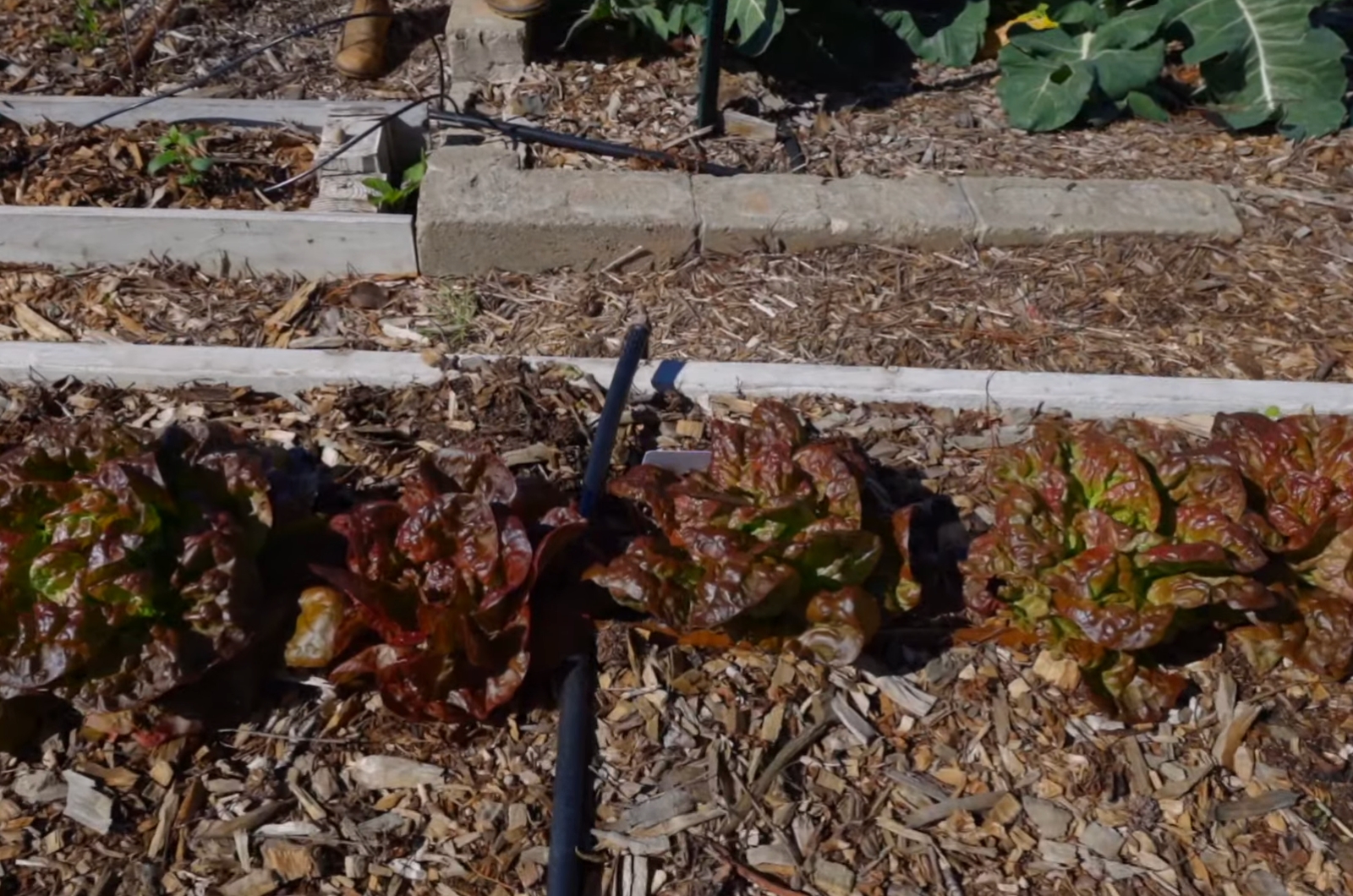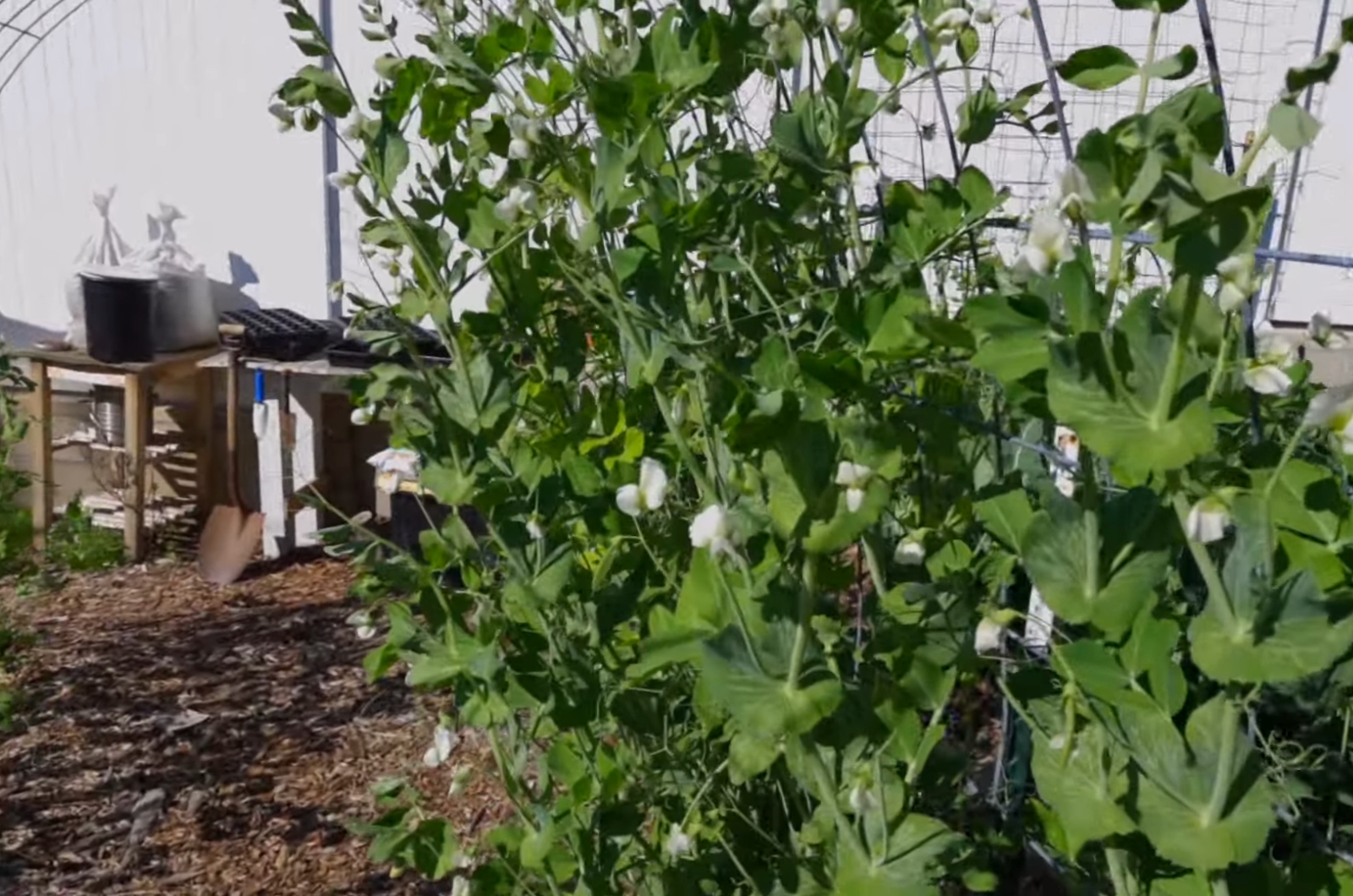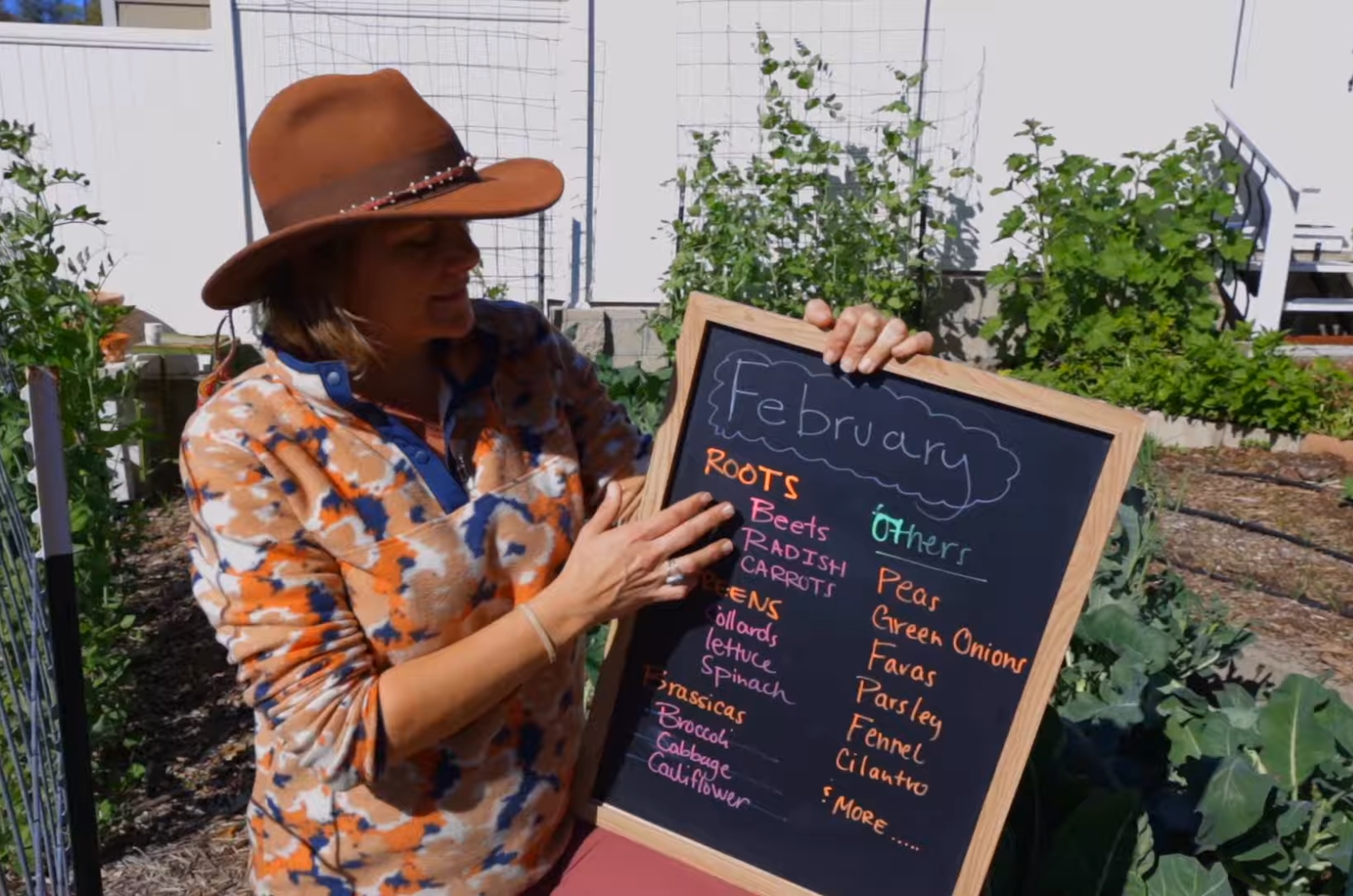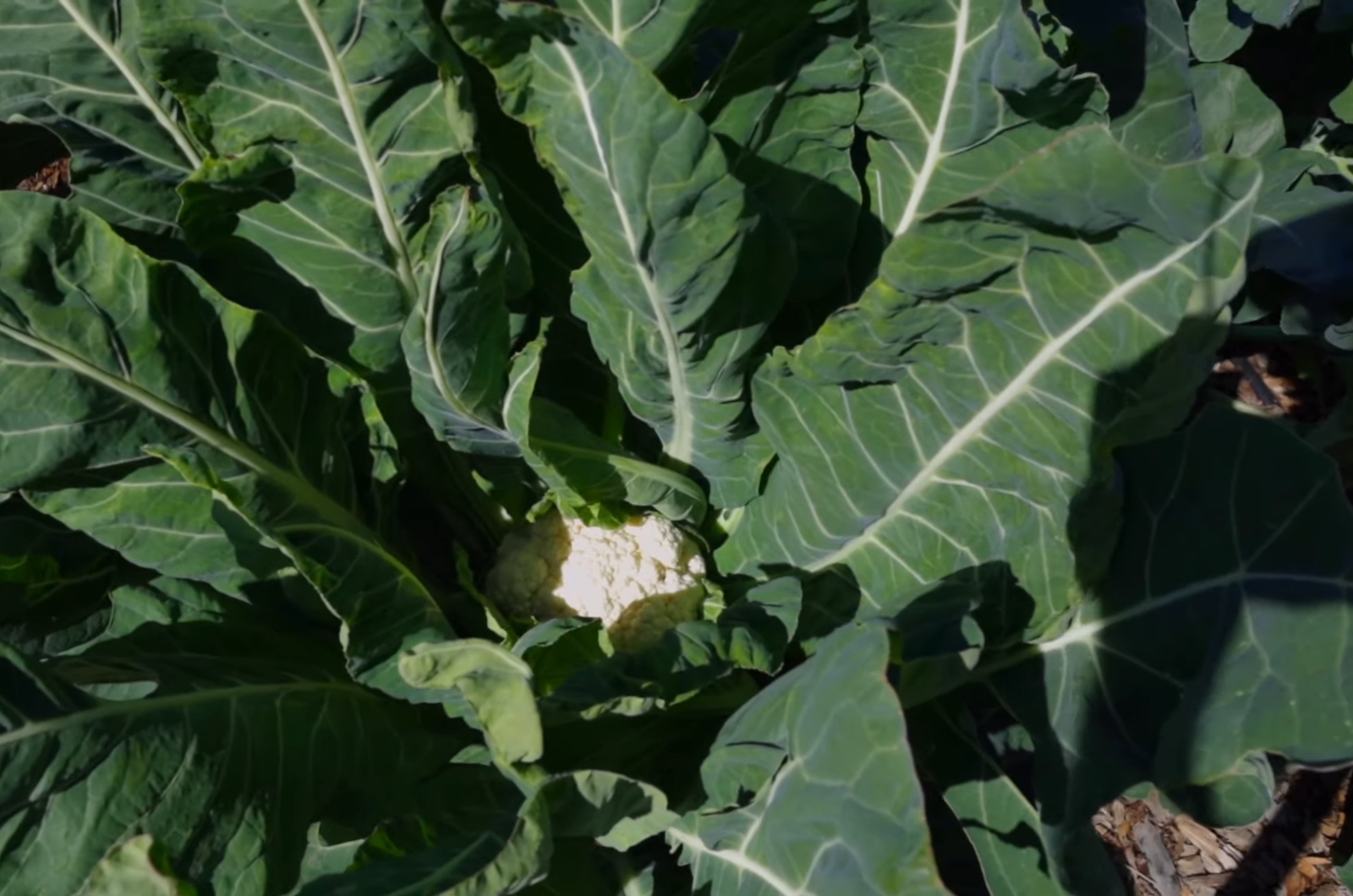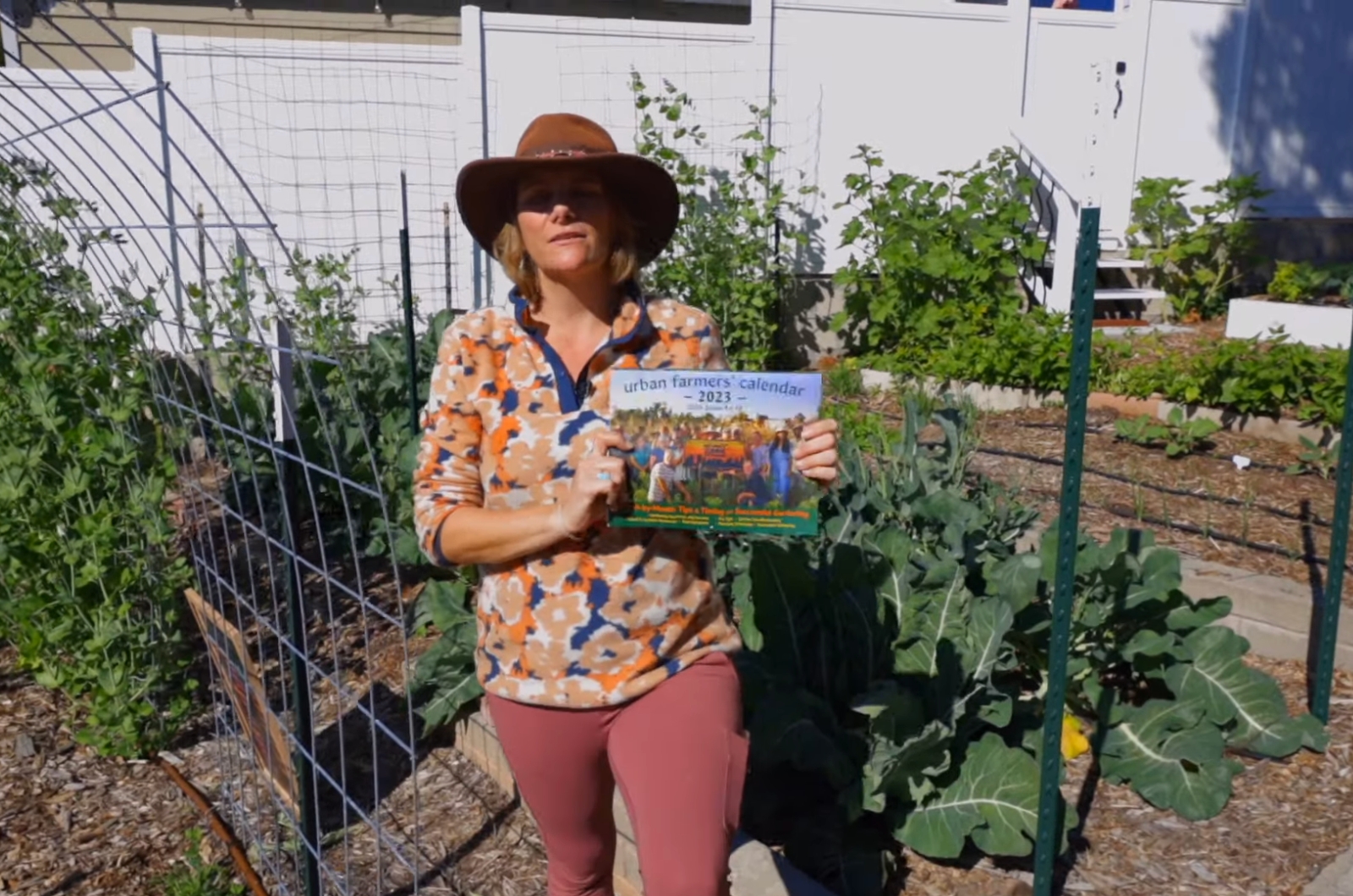February is the perfect time to plant your cool-season vegetables in USDA hardiness zones 9-10. Yet, not everything can grow well during this month.
Some plants should have been in the ground long ago, while others still need to await their time.
Brijette Peña, the owner of the San Diego Seed Company, brings a list of five vegetable groups you can grow in February in warm zones.
Let’s get started!
2 Things To Think About Before Planting
We may live in warm zones, but we still have seasonal changes of a sort.
The first thing you have to think about when deciding what to plant in February are the hours of sunlight. We’re still having very short days, warns Peña.
That means you should opt for short-day vegetables and flowers during this time.
The second thing is the temperature. February in Florida, Georgia, Texas, and California may be warmer than in most other parts of the country, but it is still not hot enough for your tomatoes and peppers.
Because of these two things, crops are going to grow very slowly right now, continues Peña.
#1 Green Onions And Wildflowers
Any green onions are really great to grow right now. They’re going to grow very quickly, very easily, Peña mentions.
While scallions are great to start in February, bulbing onions are a whole different story. You’ll have to plant these in fall if you want to see great results.
Another great thing you can plant are wildflowers, especially if your region gets plenty of rain. Some flower seeds you can sow directly outside, while there are others that you should start indoors.
#2 Herbs
All of your herbs are gonna do really well right now, continues Peña. I’m talking about parsley, cilantro, fennel, lovage, lemon balm, etc.
Of course, if you live in a colder zone, you might want to use row covers. You never know when that frost can set in and destroy your harvest.
Luckily, winter herb gardening is a thing and it doesn’t have to be difficult.
#3 Leafy Greens
February is the perfect time to plant leafy greens, such as collards, kale, lettuce, and spinach. These are all cool-season crops that will thrive in colder temperatures.
What I love about these vegetables is that you can succession-plant them in March and April as well. They will grow equally well and yield you a great harvest.
Zone 10 doesn’t usually have frost dates, while in zone 9 the last ones are sometime in mid-to-late February.
This means you can start your lettuce and other leafy greens in December or January, and move them outside just when everyone else starts thinking about sowing them indoors.
P.S. Early planting is one of the best ways to prevent your lettuce from bolting (other leafy greens included).
#4 Legumes
You can grow legumes, such as peas and fava beans, in February without any issues. Start them a lot earlier and transplant them outdoors when the weather warms up.
Sow these legumes about 6-8 weeks before the last spring frost. Transplant them outdoors once they’re strong enough to handle the unpredictable conditions.
What I love about peas is that you can succession-plant them. That means you can transplant their seedlings and start seeds directly outdoors. And you can do all this in February!
We can’t forget about fava beans!
Now, even though it’s a bean, which can be a little confusing, it actually enjoys the cooler time of the year. Planting it right now is going to do a lot of good for your garden because it’s going to add more nitrogen in the soil, comments Peña.
I love these crops because you can terminate them early and use them as green manure to add more nutrients to your garden. Or you can let them grow, then harvest and eat them!
#5 Root Crops
Fast-growing root vegetables are perfect spring and fall plantings. I’m talking about beets, carrots, and radishes.
And just like Peña, I’m always planting carrots. I love how fast they grow and how undemanding they are. They also taste superb, especially if you grow them yourself.
I am succession-planting them constantly so that I can have a constant supply of delicious sweet carrots, adds Peña.
The good news is that there is a way to plant carrots so that they’re neatly spaced. You only need cornstarch and carrot seeds!
Beets and radishes are also great choices because they don’t take too long to grow. They will burrow into the soil, loosen it up a bit, and prepare it for your long-season warm-weather crops.
Avoid Planting Brassicas
Sadly, it’s too late to plant your brassicas in February. Sure, you can add some broccoli, cauliflower, and cabbage transplants to your garden and they will grow.
But what they’re gonna do is they’re going to grow into a time of the year where the days are getting a lot longer, which means you’re more likely to have your broccoli plants flower early, warns Peña.
This phenomenon – also known as bolting – will cause your blooming broccoli and other cole crops to become bitter and not that suitable for eating.
That’s why it’s better to plant these things in fall so that you can harvest them in February.
Or you can start brassicas in January and get a late-spring batch!
Bonus Tip For Planting In Zones 9-10
There are many other things you can do in February aside from planting. If you live in warm zones, this is the perfect time to stack up on your warm-season crops.
Purchase spring and summer seeds and prepare your next season’s plantings now so that you can jump start it.
And don’t forget to check out Peña’s video for more information about February plantings in zones 9 and 10:

